We are proud to unveil our latest National Park Blanket that celebrates Washington state’s Olympic National Park.
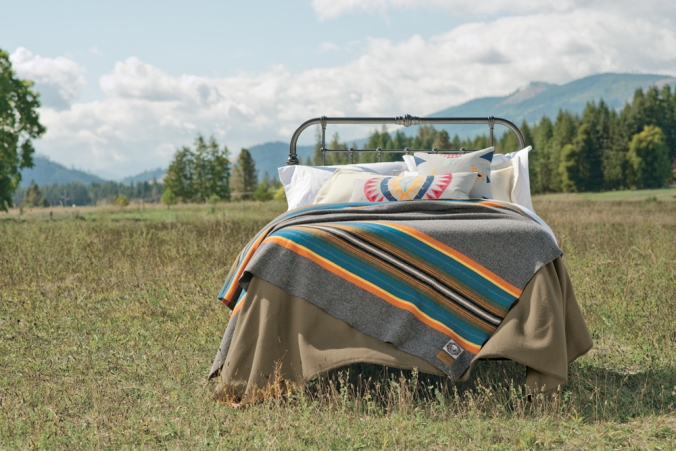
The colours of this blanket pay homage to the Olympic National Park in Washington State. This unique region is famous for its varied ecosystems—from rugged coastlines and dense old-growth forests to glacier-capped alpine peaks and lush rainforests. The blanket uses a ground of heather grey with two bands of stripes in muted, natural tones. Fans of our national park blankets can attest to the fact that we don’t usually use heathered yarns in this group, making this blanket uniquely beautiful, just like the park for which it’s named.
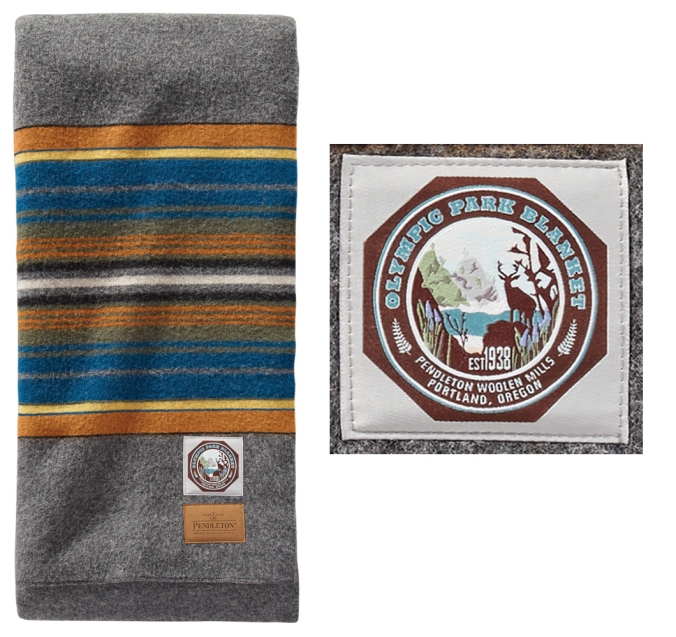
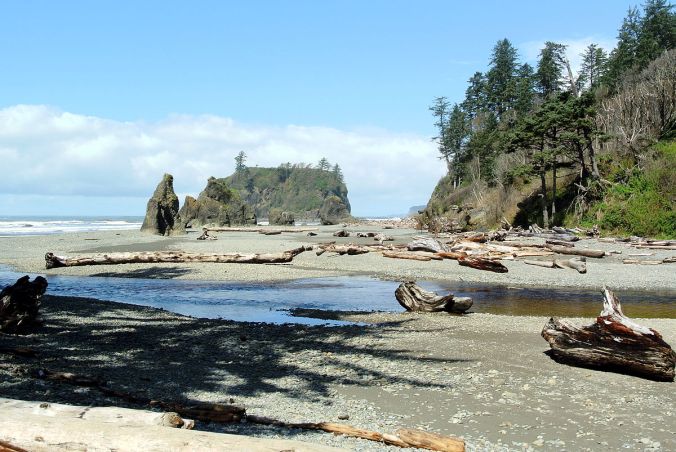
Diversity is the hallmark of Olympic National Park. Encompassing nearly a million acres, the park protects a vast wilderness, thousands of years of human history, and several distinctly different ecosystems, including glacier-capped mountains, old-growth temperate rain forests, and over 70 miles of wild coastline.
Visitors to the Pacific Northwest are often surprised to learn about their rainforests. The entire area was once home to a huge rainforest that stretched from Oregon’s southern coast to southeastern Alaska. Why? Because of our bountiful, wonderful (and sometimes depressing) level of rainfall.
The Olympic National Forest receives 12 to 14 feet of rain per year, with temperatures that rarely dip below freezing or rise above 80 degrees. These temperate, damp conditions allow rain forests to thrive, nourishing an array of vegetation: mosses, ferns, Douglas fir, red alders, Western hemlocks and Sitka spruce. As in all rain forests, downed trees become “nurse logs,” fertile places where seeds grow, animals nest and insects burrow.


Beaches
As part of its varied landscape, Olympic NP contains a 73-mile long stretch of wilderness coast. The rocky headlands, beaches, tidepools and sea stacks are wild and undeveloped. Ruby Beach—named for ruby-like crystals that are found in deposits of the beach’s sand–has been attracting artists and photographers for decades, thanks to its unique sea stacks.
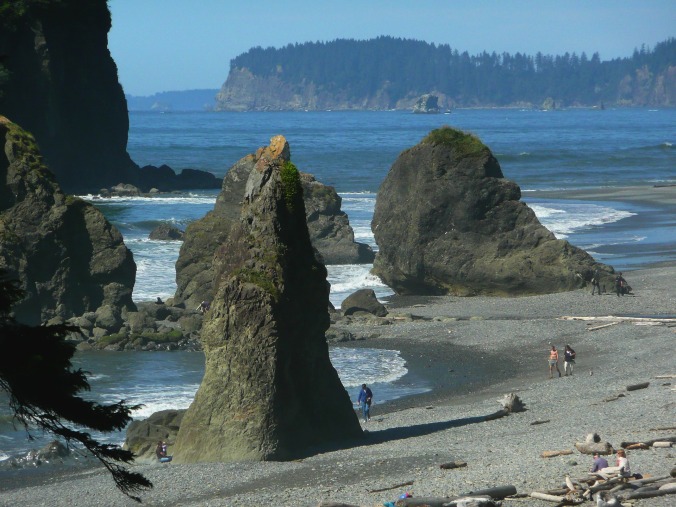
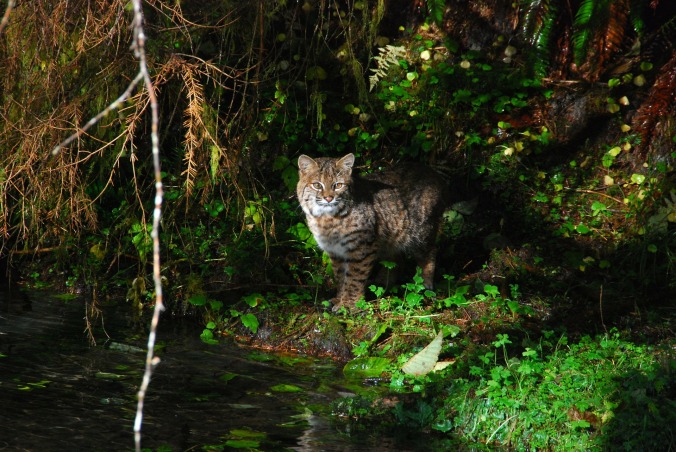
Other things to remember about visiting the area:
- The Olympic peninsula was once one of the PNW’s best-kept secrets until a certain book series ignited interest in the area. If that’s your jam, Forks is VERY close to the park, as are La Push and Port Angeles.
- If you would like to set foot on the westernmost point of the contiguous 48 states, you can do it at Cape Alava, Washington (48.16974° N, 124.73004° W) during low tide, by walking out to the west side of Tskawahyah Island. Cape Alava is accessible via a 3-mile boardwalk hike from a ranger station in the park.
- Dogs are not allowed in most of our national parks. But Olympic has dog-friendly trails where you can hike with your pooch, as long as you follow a few rules. Read more here: pets in Olympic National Park
So snuggle up in the made-in-the-USA warmth of the Olympic National Park blanketand start planning your visit. The Pacific Northwest wonderland awaits.

